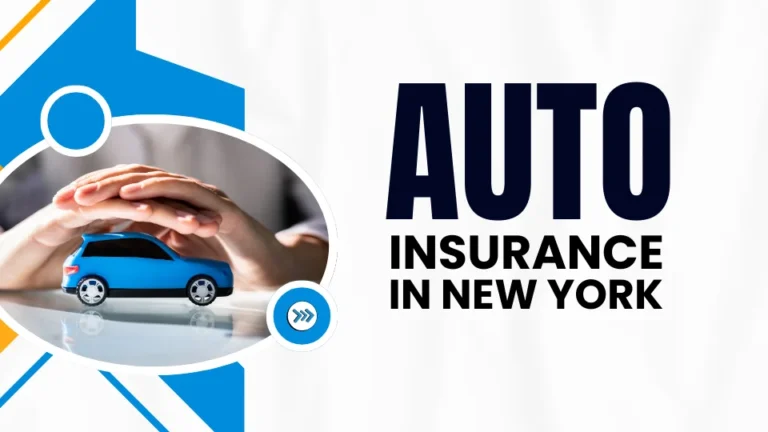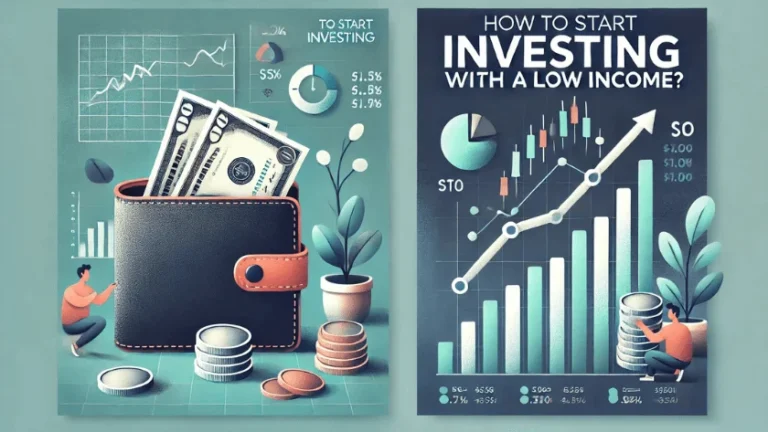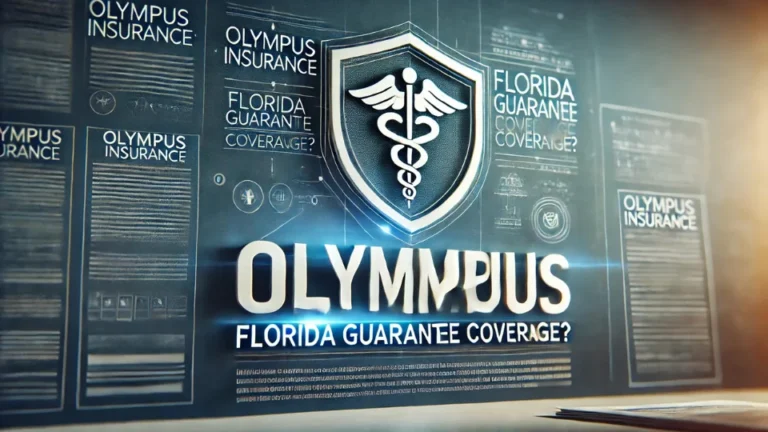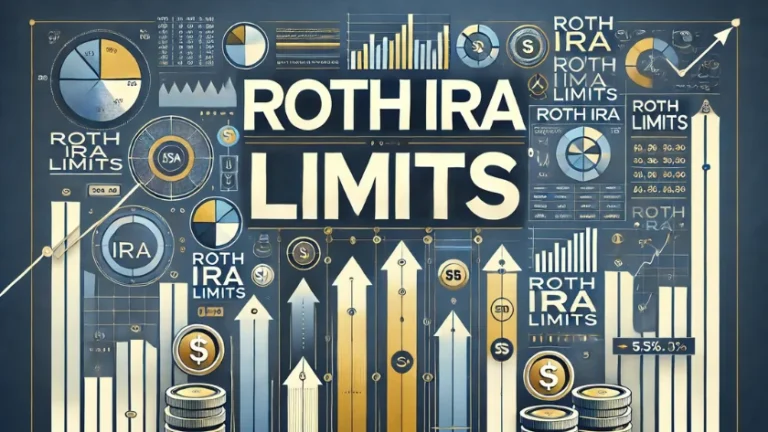3 Strategies for Paying Off Your Credit Card Debt Faster
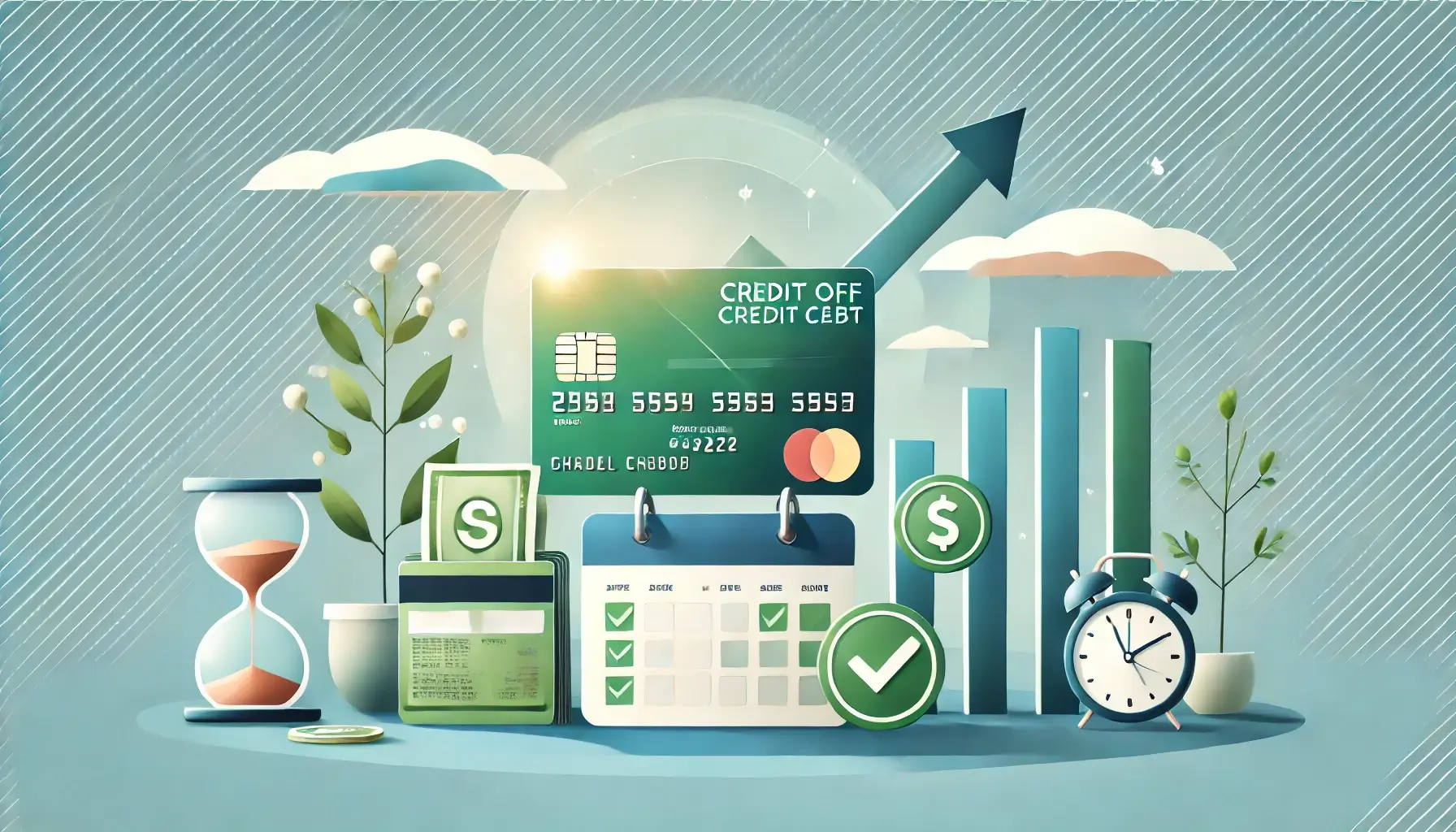
Credit card debt can be a significant burden, affecting your financial health and peace of mind. High-interest rates, compounded with minimum payments, can make it feel like you’re barely making a dent in your balance. Fortunately, there are proven strategies for paying off your credit card debt faster, reduce financial stress, and regain control of your finances. In this article, we’ll explore three effective methods to eliminate credit card debt and improve your financial outlook.
Understanding the Importance of Paying Off Your Credit Card Debt Faster
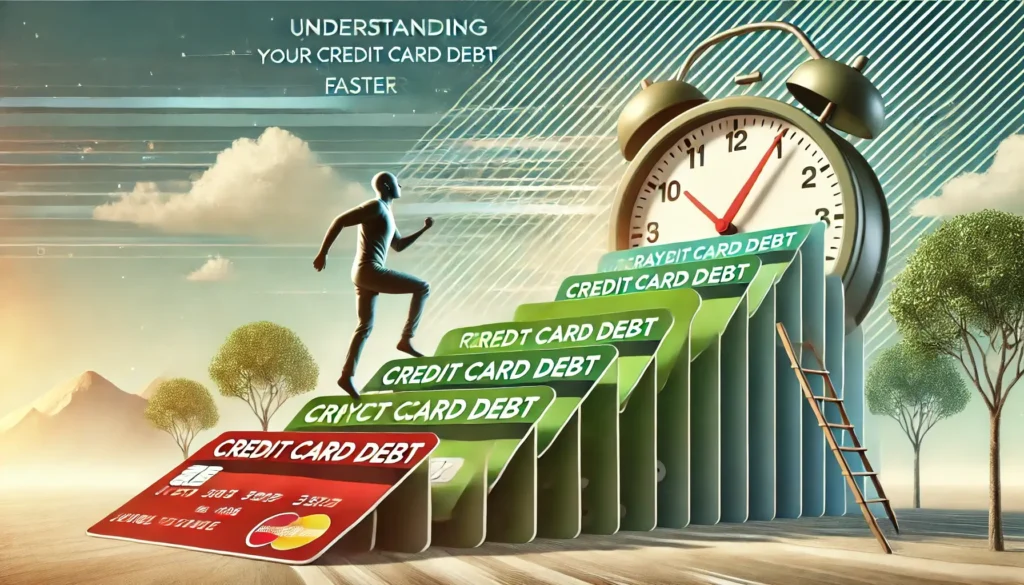
Before diving into strategies, it’s essential to understand why paying off credit card debt should be a priority:
- High-Interest Rates: Credit cards often come with double-digit interest rates, which can significantly increase the amount you owe over time.
- Credit Score Impact: High credit card balances can negatively affect your credit utilization ratio, lowering your credit score.
- Financial Freedom: Reducing debt provides more disposable income and less financial stress, allowing you to save and invest.
Now, let’s discuss three strategies that can accelerate your journey to a debt-free life.
Strategy 1: The Snowball Method
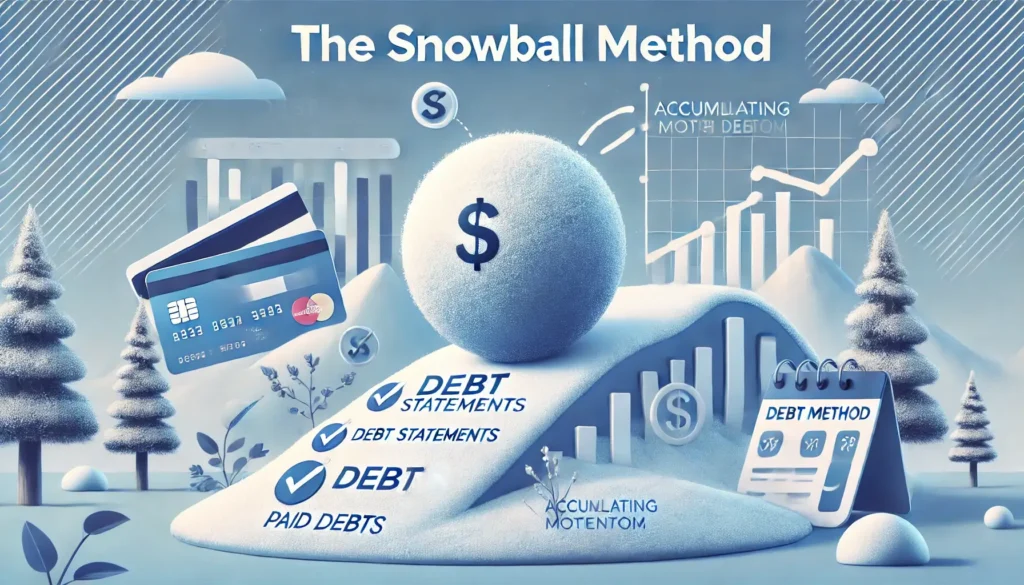
What Is the Snowball Method?
The snowball method involves paying off your smallest debts first while making minimum payments on larger ones. Once a smaller debt is paid off, you redirect that payment amount toward the next smallest debt, creating a “snowball” effect.
How It Works
- List Your Debts: Write down all your credit card debts, starting with the smallest balance and ending with the largest.
- Pay Minimums: Ensure you’re making minimum payments on all debts to avoid penalties.
- Focus on the Smallest Debt: Allocate any extra funds to the smallest debt until it’s paid off.
- Repeat: Move to the next smallest debt and repeat the process.
Pros and Cons
Pros:
- Quick wins boost motivation.
- Simple and easy to follow.
Cons:
- May not save as much on interest compared to other methods.
Strategy 2: The Avalanche Method
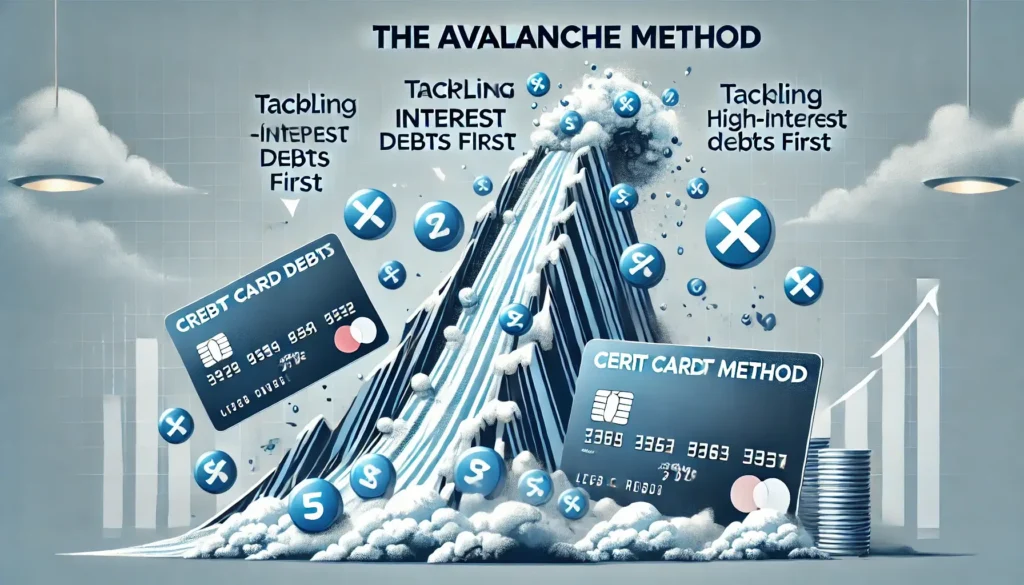
What Is the Avalanche Method?
The avalanche method focuses on paying off debts with the highest interest rates first, saving you the most money in the long run.
How It Works
- Organize by Interest Rate: List your debts from highest to lowest interest rate.
- Pay Minimums: Make minimum payments on all debts.
- Target High-Interest Debt: Allocate extra funds to the debt with the highest interest rate.
- Continue: Once the highest-interest debt is paid off, move to the next highest and repeat.
Pros and Cons
Pros:
- Saves the most money on interest.
- Reduces the overall cost of debt.
Cons:
- May take longer to see progress, which can be demotivating.
Strategy 3: Balance Transfer Credit Cards
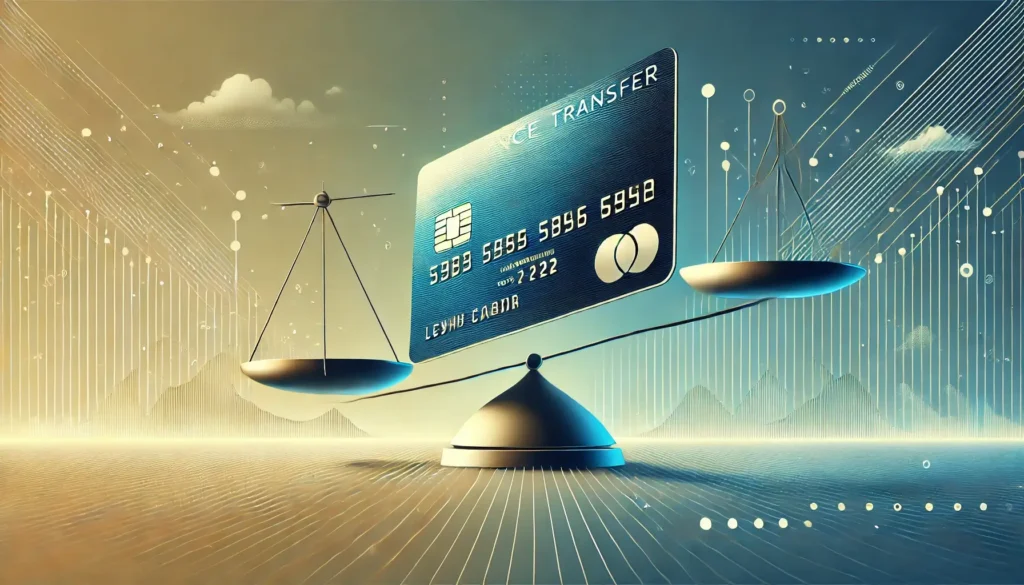
What Are Balance Transfer Credit Cards?
A balance transfer credit card allows you to move your existing high-interest credit card debt to a new card with a lower or 0% introductory interest rate for a specific period.
How It Works
- Apply for a Balance Transfer Card: Look for cards offering 0% APR for an introductory period, typically 12-18 months.
- Transfer Balances: Transfer high-interest credit card balances to the new card.
- Pay Aggressively: Use the interest-free period to pay off as much debt as possible.
Pros and Cons
Pros:
- Significant savings on interest.
- Simplifies payments by consolidating debts.
Cons:
- May incur a balance transfer fee (usually 3-5% of the amount transferred).
- Requires good credit to qualify.
Tips to Maximize Your Debt Payoff Strategy
Create a Budget
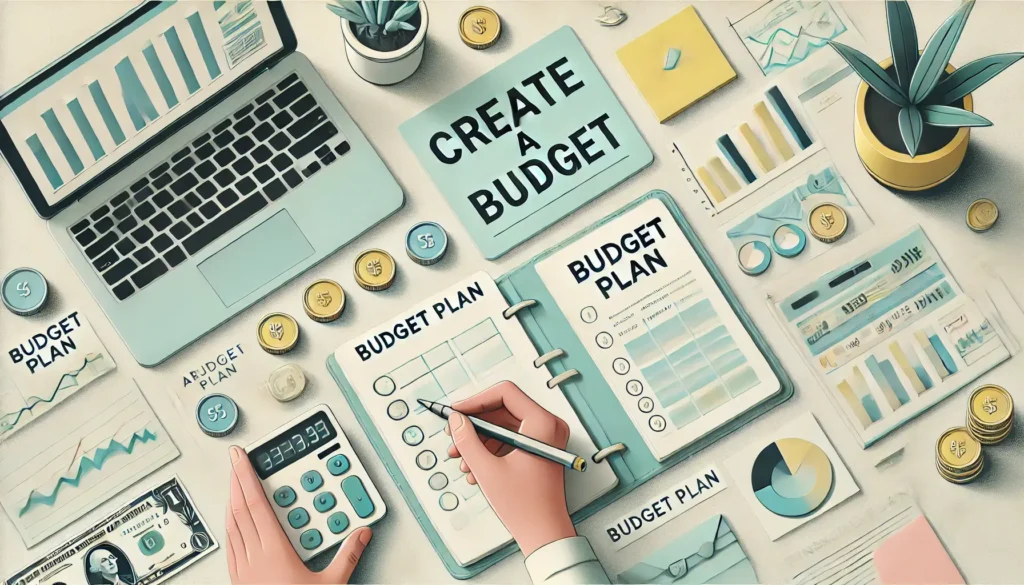
Track your income and expenses to identify areas where you can cut back and allocate more funds toward debt repayment.
Automate Payments

Set up automatic payments to ensure you never miss a due date, avoiding late fees and protecting your credit score.
Avoid Accumulating New Debt
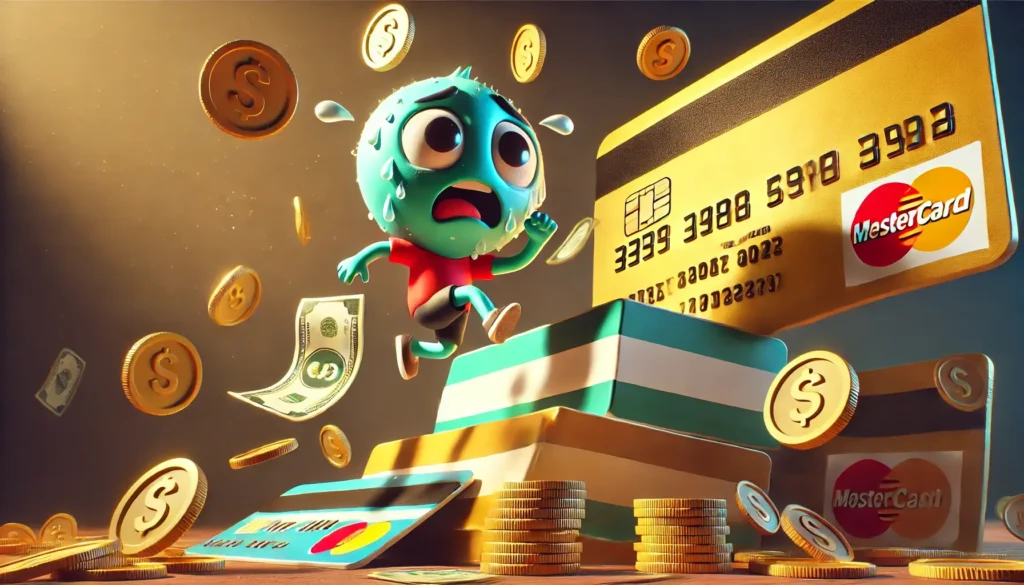
Resist the temptation to use credit cards for new purchases while you’re paying off existing debt.
Consider Side Hustles

Boost your income by taking on a part-time job, freelancing, or selling unused items.
Frequently Asked Questions
1. How do I choose the best strategy for me?
Choose the method that aligns with your financial goals and personality. If you need motivation, the snowball method is ideal. If you want to save the most money, opt for the avalanche method.
2. Can I combine these strategies?
Yes, you can start with the snowball method for quick wins and switch to the avalanche method to tackle high-interest debt.
3. Are there risks with balance transfer cards?
The primary risks include failing to pay off the balance during the introductory period and accumulating new debt on the original cards.
4. Should I consider debt consolidation?
Debt consolidation can simplify payments and lower interest rates but may extend the repayment period. Assess your financial situation before deciding.
5. How long will it take to pay off my debt?
The timeline depends on your total debt, interest rates, and how much extra you can pay each month. Use online calculators to estimate your payoff time.
Conclusion
Paying off credit card debt faster requires a combination of discipline, strategy, and commitment. Whether you choose the snowball method for quick motivation, the avalanche method for maximum savings, or a balance transfer card for a temporary reprieve from high interest, each strategy offers unique benefits. By taking control of your finances, you can eliminate debt, improve your credit score, and achieve financial freedom. Start today and watch your debt diminish as your confidence and financial stability grow.

